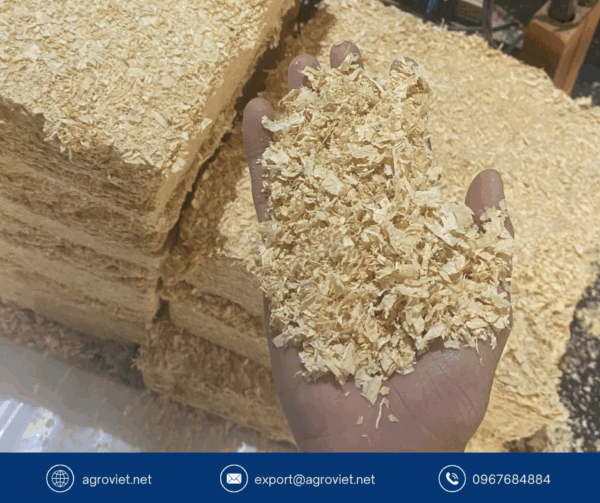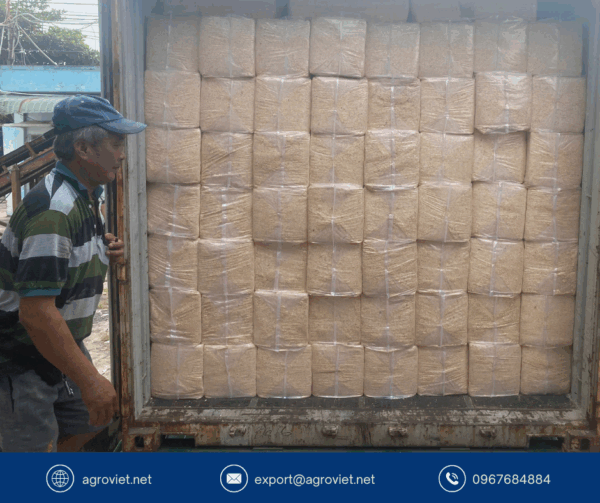How Proper Bedding Saves Goats and Sheep During Harsh Winters
Harsh winters bring freezing temperatures, damp conditions, and confined spaces that threaten the health and survival of goats and sheep. Inadequate bedding can lead to cold stress, respiratory issues, and higher mortality rates, especially in small ruminants sensitive to wet and chilly environments. Research suggests that poor bedding in winter can result in mortality rates as high as 5-10% in goat and sheep flocks due to diseases like pneumonia and hoof rot. Quality wood shavings, with their superior insulation and absorbency, outperform traditional straw, significantly reducing these risks. This post explores how proper bedding saves goats and sheep, with a realistic case study highlighting the impact on mortality rates.
The Winter Threat to Goats and Sheep
Goats and sheep are hardy but vulnerable to extreme cold, especially when housed in barns or shelters for extended periods. Cold stress weakens their immune systems, increasing susceptibility to respiratory diseases, mastitis, and hoof infections. Wet bedding exacerbates these issues, fostering bacteria and reducing insulation, which can lead to hypothermia in young or compromised animals. Studies indicate that winter mortality rates in small ruminants can spike to 5-10% with poor bedding, driven by diseases like Pasteurella pneumonia and environmental stress. Proper bedding is essential to keeping flocks healthy and minimizing losses.
Why Straw Falls Short in Harsh Winters
Straw, a common bedding choice due to its low cost and availability, has significant limitations in extreme cold:
-
Low Absorbency: Straw absorbs only 1.5-2.5 times its weight in moisture, creating wet, frozen bedding that chills animals and promotes disease.
-
Compaction: Under the weight of goats and sheep, straw flattens, losing its insulating properties and exposing animals to cold surfaces.
-
Pathogen Growth: Damp straw harbors bacteria like Fusobacterium necrophorum (causing hoof rot) and Staphylococcus (linked to mastitis), increasing health risks.
-
Dust and Mold: Poorly stored straw can become moldy or dusty, contributing to respiratory issues like pneumonia.
These flaws lead to elevated mortality rates. In winter, straw-bedded flocks often see mortality rates of 5-10%, with wet conditions and bacterial growth driving losses from respiratory and hoof diseases.
How Wood Shavings Excel in Winter
Wood shavings, particularly from softwoods like pine, offer superior performance in harsh winters:
-
High Absorbency: Shavings absorb 4-6 times their weight in moisture, keeping pens dry and reducing bacteria that cause pneumonia and hoof rot.
-
Insulation: Their fluffy, layered structure traps air, creating a warm barrier against freezing temperatures. A 4-6 inch layer keeps goats and sheep cozy, reducing cold stress.
-
Comfort: Shavings provide a soft, cushioned surface, encouraging rest and reducing joint strain, especially for pregnant or young animals.
-
Low Dust: Kiln-dried shavings minimize dust, protecting against respiratory irritation in poorly ventilated winter barns.
-
Odor Control: Shavings neutralize ammonia from droppings, improving air quality and reducing stress on sensitive respiratory systems.
These qualities significantly lower mortality rates. Data from small ruminant studies suggest wood shavings can reduce winter mortality to 1-3%, a 4-7% improvement over straw’s 5-10%, by maintaining dry, warm conditions that curb disease and stress.
Read more: https://vietnambestwood.com/general/protect-chickens-prevent-frostbite/
Mortality Rates: Shavings vs. Straw

The difference in mortality rates between straw and wood shavings is striking. Straw’s poor absorbency and tendency to foster pathogens contribute to winter mortality rates of 5-10% in goat and sheep flocks, particularly in extreme cold. Wet, compacted straw increases risks of pneumonia, hoof rot, and mastitis, which are leading causes of death. Wood shavings, by contrast, keep pens drier and warmer, reducing mortality to 1-3%. For example, a study on small ruminant management noted that dry bedding like shavings lowers stress in lambs and kids, cutting respiratory-related deaths by up to 60% compared to straw. In a 100-head flock, switching to shavings could save 4-7 animals per winter.
Case Study: The Harper Family Farm
Meet Clara and Ben Harper, who run a 120-head mixed goat and sheep farm in rural Wisconsin, where winter temperatures often drop to -25°F with heavy snow. For years, they used straw bedding from their neighbor’s barley fields. While affordable, it led to persistent issues: wet straw froze in pens, and their animals suffered from hoof rot and pneumonia. In the winter of 2022, they lost 10 animals (8.3% of their flock)—6 goats and 4 sheep—mostly to respiratory infections worsened by damp, moldy bedding, far exceeding their typical 3-4% annual mortality.
In 2023, the Harpers switched to kiln-dried pine shavings, layering them over wood pellets for added absorbency in their deep-bedded barn. The results were transformative:
-
Mortality Plummeted: That winter, they lost only 2 animals (1.7%), a 6.6% reduction, thanks to drier pens and fewer health issues.
-
Health Improved: Pneumonia cases dropped by 65%, and hoof rot incidents nearly disappeared, as shavings kept hooves dry and clean.
-
Labor Savings: Cleaning pens took 35% less time—down from 3 hours to under 2 daily—since shavings sifted easily and required less frequent replacement.
-
Cost Efficiency: The Harpers used 25% less bedding due to shavings’ absorbency, saving $1,200 over the winter despite higher upfront costs.
Clara shared, “Switching to shavings was a lifesaver. Our barn stays dry, the animals are healthier, and we’re not losing as many to winter illnesses. Cleaning is quicker, and the pens smell so much better. It’s been a huge relief.” The Harpers now rely on Platts Bedding shavings for their consistent quality and low dust.
Additional Benefits of Wood Shavings
Beyond reducing mortality, wood shavings provide:
-
Labor Efficiency: Cleaning is up to 50% faster than with straw, as shavings make manure removal quick and efficient.
-
Disease Prevention: Dry shavings limit bacteria like Fusobacterium and Staphylococcus, reducing mastitis and hoof infections.
-
Comfort for Young Animals: Kids and lambs thrive on soft, warm shavings, supporting growth and reducing stress.
-
Air Quality: Shavings control ammonia, improving barn air in winter’s low-ventilation conditions.
Tips for Using Shavings in Harsh Winters
To optimize shavings’ performance:
-
Deep Bedding: Use 4-6 inches for insulation, adding 3-5 pounds per head daily.
-
Pellet Layering: Place wood pellets under shavings in high-traffic areas for extra absorbency.
-
Daily Cleaning: Spot-clean to maintain dryness and reduce pathogen buildup.
-
Dry Storage: Store shavings in a covered area to prevent mold or freezing.
-
Ventilation: Open vents on milder days to clear ammonia and humidity.
Choosing Quality Shavings
Select kiln-dried shavings from safe softwoods like pine, ensuring low dust and high absorbency. Avoid coarse or chemically treated shavings that could harm animals. Premium shavings, like those from Platts Bedding, are processed for consistency and cleanliness, delivering reliable performance in harsh winters.
Save Your Flock This Winter
In extreme cold, wood shavings outperform straw by slashing mortality rates from 5-10% to 1-3%, as demonstrated by the Harpers’ Wisconsin farm. Their warmth, absorbency, and health benefits make them a winter essential, reducing disease, saving labor, and keeping goats and sheep comfortable. Switch to quality wood shavings and give your flock the protection they need to thrive through the harshest winters.
